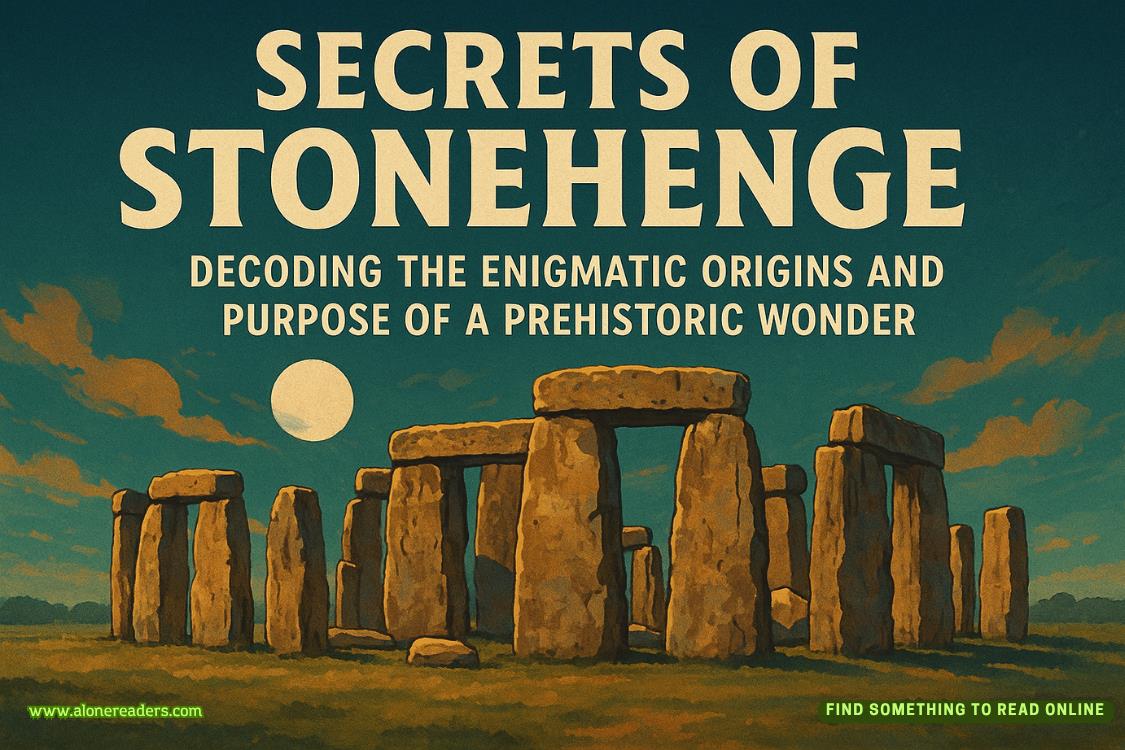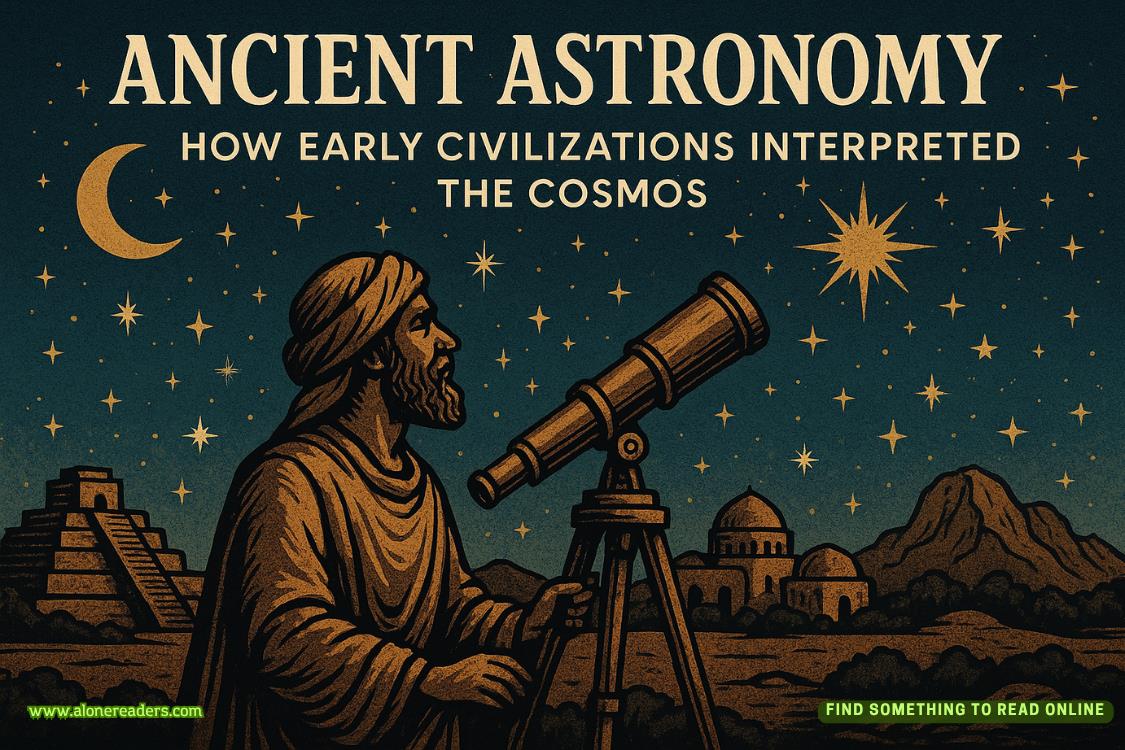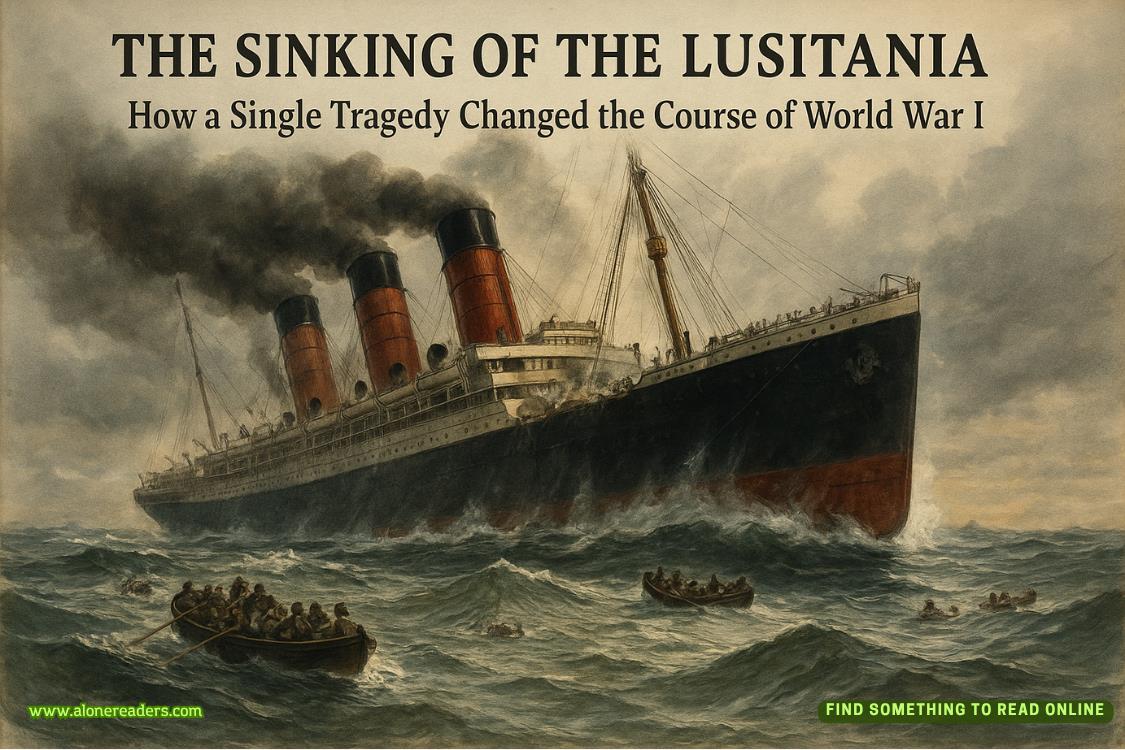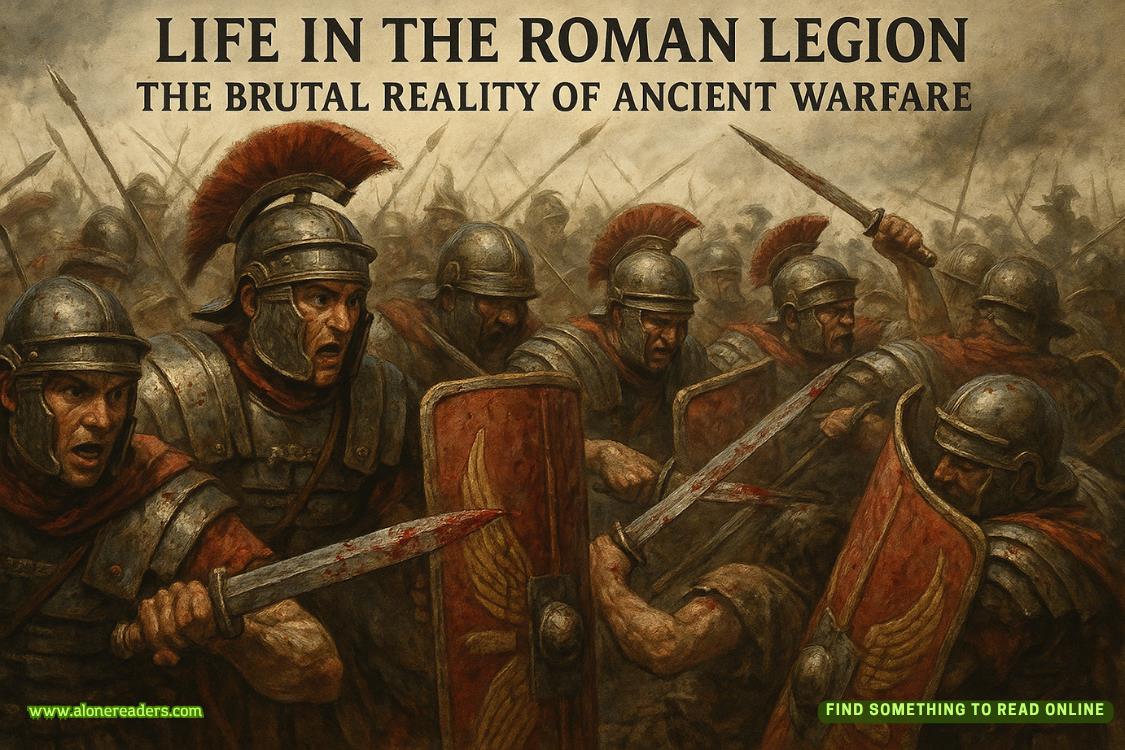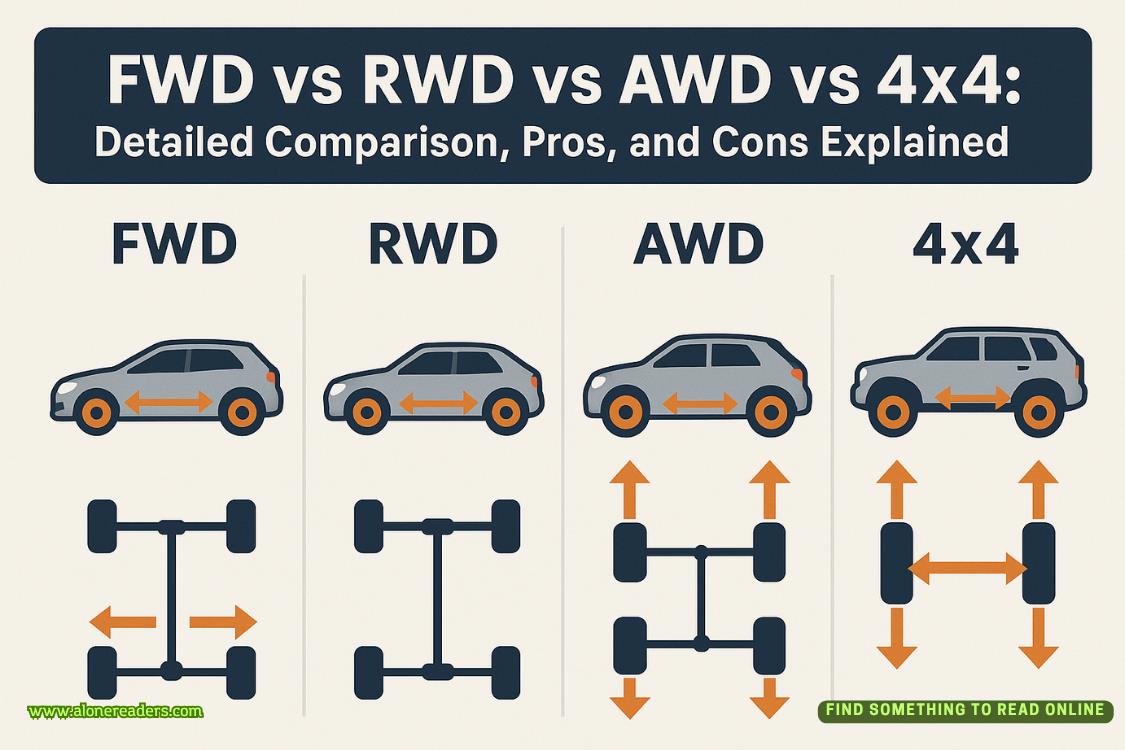Page 7 of Sharp Force
“Just a block of granite carved with the number thirty-three,” she says. “It correlates with a seventy-eight-year-old male patient who died in eighteen-ninety from consumption. I’m waiting on his DNA too.”
“And these remains certainly aren’t male. Or from someone that old.” I’m looking at them on the paper-covered table.
“It would appear the young woman was buried, and the marker was removed from the man’s grave and placed on top of hers,” Cate theorizes.
“Oh boy. I don’t like the implication.”
“Exactly. The murdered female isn’t accounted for in the cemetery records I’ve been reviewing. She didn’t exist.” Cate picks up a rib, showing me a cut in the medial end.
Putting on gloves, I find a magnifying lens, making out the clean edges left by a sharp blade.
“Looks like she was stabbed in the chest,” I tell her.
“And she has a cut to the left ulna,” Cate goes on.
“Possibly from holding up her arm defensively.”
“Also, two cuts to her skull.”
She picks it up, toothless, the empty eye sockets staring.
“This one on the left side of the mandible. The other on the right side of the forehead.” She shows me. “A lot of her ribs and other bones are missing, scattered by the backhoe. Likely, she had many more injuries. Someone really did a number on her.”
“All this should have been noticed at the time of the disinterment. But as we’ve been finding with the other bones you’ve examined, nobody bothered to look.” I think again of the former chief medical examiner Elvin Reddy.
When unidentified bodies or bones were found during his twenty-year tenure, he didn’t bring in the appropriate experts unless it suited him. He wasn’t interested in who the victims were or their stories beyond any political or financial implications.
Cate picks up a femur stained by clay and in better shape than I’d expect. I take it from her, feeling the weight of it, noting the relatively smooth surface. The marrow is mostly gone, and I find it perplexing that there’s any left at all.
“The sharp force injuries were to green bone,” Cate says. “She was alive or barely dead when she sustained them.”
“And we know carbon dating won’t work.” I return the femur to her. “The bones aren’t old enough for that.”
“We can do nitrogen and protein analysis,” she suggests. “It might give us further information on how long she’d been buried. Assuming genealogical DNA doesn’t give us the answer.”
“Maybe we’ll get lucky and can reconnect her with descendants, anyone she might be related to,” I reply.
“It sure would be nice if we could get our hands on old hospital records, assuming she was a patient on Mercy Island,” Cate says.
“Forget it.” I take off my gloves. “I can’t even get them to give us records when a patient dies now. We’re lucky they provided a list of who’s buried in the cemetery and supposedly why.”
“Well, some family out there knows this lady disappeared, never to be found.” She stares down at the bones. “What’s going to happen when this becomes public, Doctor Scarpetta? Doesn’t matter how long ago it happened; the hospital’s reputation will be in the toilet.”
“It already is if you ask me,” I reply. “It’s probably best we keep this quiet until you’ve finished your examination. And we get the genealogical DNA results.”
“Oh dear. That’s going to be hard,” she says, a shadow crossing her face.
She’s already talked.
“Who knows besides me?” I ask.
“Maggie Cutbush has an idea,” Cate says after a pause.
“How did that happen?” I don’t let my outrage register.
“When she was here earlier today dropping off Christmas presents,” Cate explains. “The big tins of popcorn for us and the labs.”
Apparently, Maggie stopped by to wish Cate a happy holiday, noticing the skeletal remains on her table. But that’s not why myformer secretary showed up. As usual, she was on the prowl, looking to stick her nose where it doesn’t belong. Most times when that happens, someone has put her up to it.
